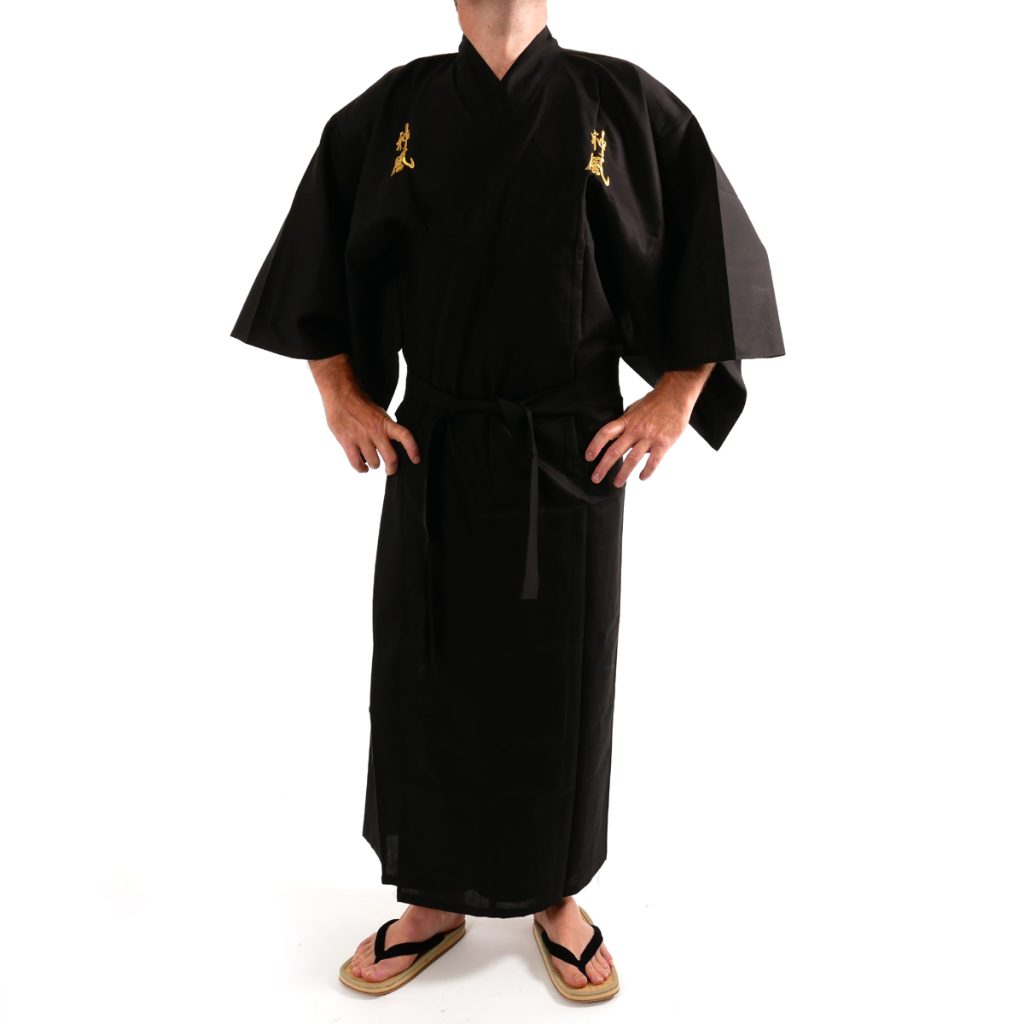What You Must Understand in Choosing Japanese Kimono for Women?
The kimono robe has advanced all over the planet. Indeed, even today, the existence of the article of clothing is as yet developing. Indeed, even the word has advanced as kimono envelops various things of clothing that have a conventional Japanese look.

Conventional Kimonos
Before the 20th century, the term kimono was not intensely utilized. Individual pieces of clothing had their own particular names in view of all viewpoints, from sleeve opening size to the custom of the event for which the piece of clothing was to be worn. The term kimono really came into utilization to depict a regularly T-molded article of clothing that had the capability of various names and capacities, presently lumped together. The T-molded design is made from seven boards cut from one electrical discharge. It is sewn together at every one of the edges, permitting the boards to frame a particular T-shape that the whole world currently connects with customary Japanese dress.
While without a doubt the kimono is alluded to as conventional Japanese wear, it is essential to take note of that the kimono in the entirety of its various structures is everything except customary. The word kimono implies in a real sense thing to wear in English. Since it has enveloped an immense range of dress kinds that were once ordered independently, and as a result of the huge variety of real article of clothing styles of kimonos, nailing down a strong history for the kimono is certifiably not a simple undertaking.
The Kimono in Customary Culture
In the 20th century, the pieces of clothing on the whole named kimono went through various changes. Similarly as with present day style, the kimono that would be viewed as ‘satisfactory’ by culture changed its look in light of various viewpoints, from societal position to usefulness. Besides the fact that the Japanese culture affected the meaning of the Kimono femme, however the Western culture did, also. The Western impact has impacted the appearance of the kimono so much, as a matter of fact, that it is incomprehensible not to find their accounts entwined. The Meiji Realm was quick to see the adjustment of dress, and the variation immediately became broad. In the extremely late eighteenth century, the shift to Western style clothing was as of now not a choice; it was regulation.
Before long, a pronouncement was given empowering ladies to likewise take care of the kimono and on second thought dress in the Western way to follow after accordingly with their Sovereign of the time, and the kimono step by step became evaded for public wear. Within the sight of others, suits and business clothing were the acknowledged undertaking. At home, people would change, subsequently intellectually and truly putting the day behind them and unwinding in the security of their homestead in the solace of a kimono. This shift took care of the idea of the kimono being conventional Japanese wear since individuals would just wear them in the solace of their own home.
